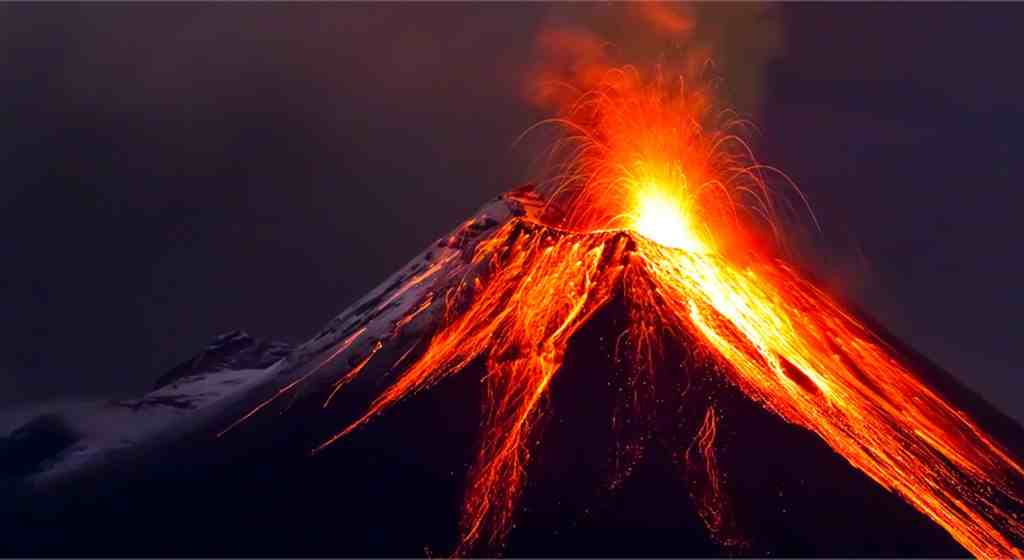Natural Phenomenon : Volcanic Eruption
Volcanic Eruption

There are three different types of eruptions. The most well-observed are magmatic eruptions, which involve the decompression of gas within magma that propels it forward. Phreatomagmatic eruptions are another type of volcanic eruption, driven by the compression of gas within magma, the direct opposite of the process powering magmatic activity. The third eruptive type is the phreatic eruption, which is driven by the superheating of steam via contact with magma; these eruptive types often exhibit no magmatic release, instead causing the granulation of existing rock.
The most dangerous type of volcanic eruption is referred to as 'glowing avalanche'. This is when freshly erupted magma forms hot pyroclastic flow which have temperatures of up to 1200 degrees. The pyroclastic flow is formed from rock fragments following a volcanic explosion, the flow surges down the flanks of the volcano at speeds of up to several hundred kilometers per hour, to distances often up to 10 km and occasionally as far as 40 km from the original disaster site.
The International Federation response adjust to meet the needs of each specific circumstance. As population movement is often a consequences, the provision of save areas, shelter, water, food, and health supplies are primordial. In general response prioritizes temporary shelter materials; safe water and basic sanitation; food supplies; and the short term provision of basic health services and supplies.

Komentar
Posting Komentar